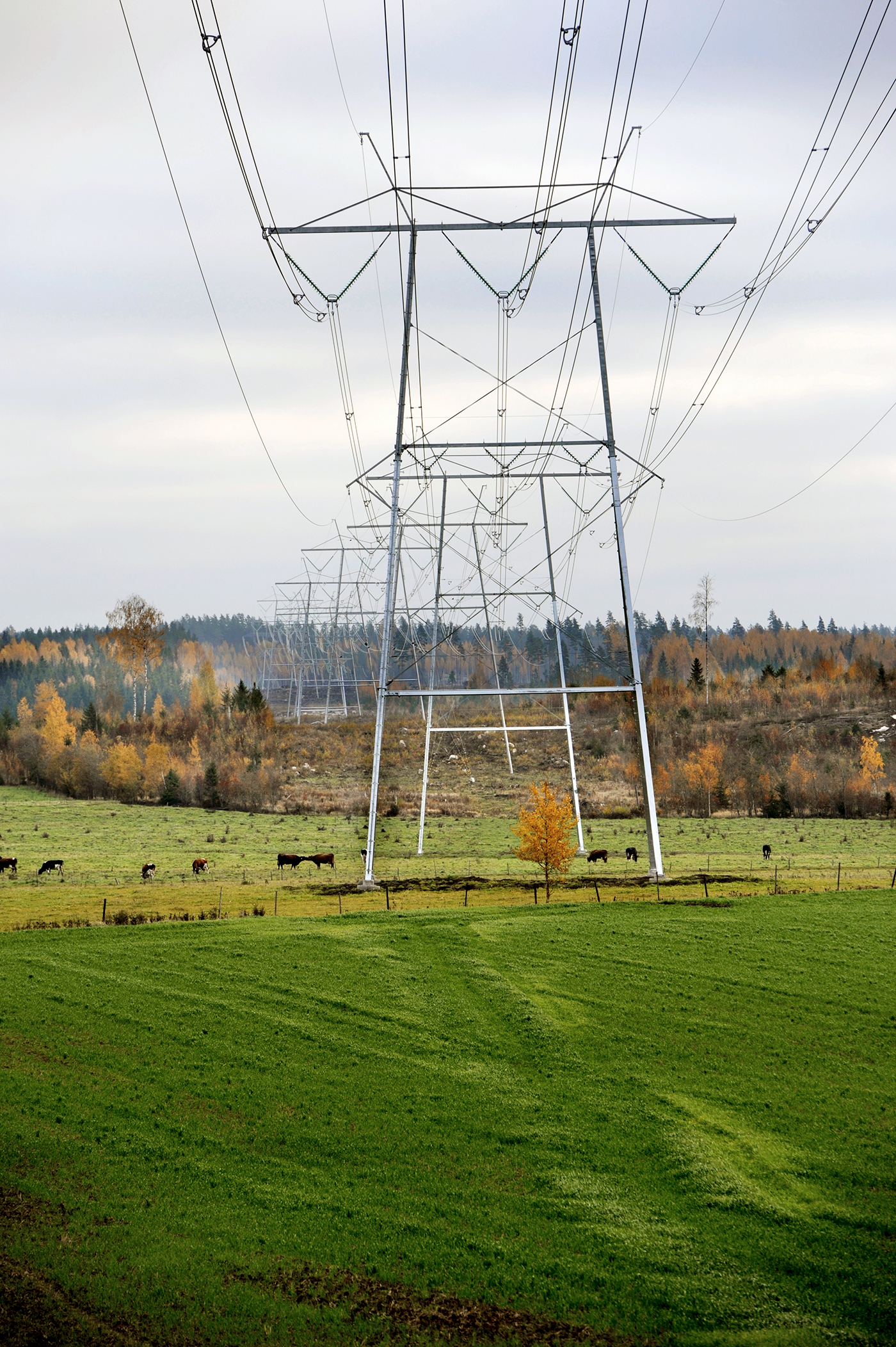When a thunderstorm strikes, the overhead line transmission network is vulnerable to disturbances. Technical solutions are used to minimise the impact of lightning. One such solution is the earth wire, as described by Heidi Oja, Expert at Fingrid.
Where are earth wires and why do we need them?
Earth wires are located in transmission lines, above the uppermost phase conductor. When there are three phase conductors, there are usually two earth wires, and there are usually also two on multi-circuit transmission line structures.

Earth wires go from one tower to another, capturing any lightning heading for the transmission lines and directing the current into the tower’s earthing connections and onwards into the ground, past the phase conductors. This prevents disturbances and enables the network to continue operating normally despite the inclement weather.
How do earth wires work in the event of a fault?
Earth wires also help in the event of a fault in a transmission line by reducing the impact of the fault. If a fault arises, the lightning lines join the earthing connections on different towers to each other, thereby improving earthing and facilitating the functionality of the protective measures. In addition, the earth wires reduce the amount of detrimental current travelling via the ground by conducting some of the fault current, thereby significantly reducing earthing and induction voltages.
Do some areas need more earth wires than others?
The need depends on the location of the transmission line. In places with poor soil conductivity, such as on rocky terrain, it may be necessary to add extra earth wires. If there are several earth wires, the tower earthing connections can be joined together more effectively and earthing is more effective. The more earth wires a tower has, the greater the proportion of fault current they conduct, resulting in less current transferred to the ground and ensuring safety.
Are conductors on the ground dangerous?
Any conductors or earth wires on the ground should be treated with extreme caution – it is highly dangerous to go near them. Do not touch them. Notify Fingrid’s main grid control centre, the local electricity network operator’s fault reporting service or the emergency services as quickly as possible.







